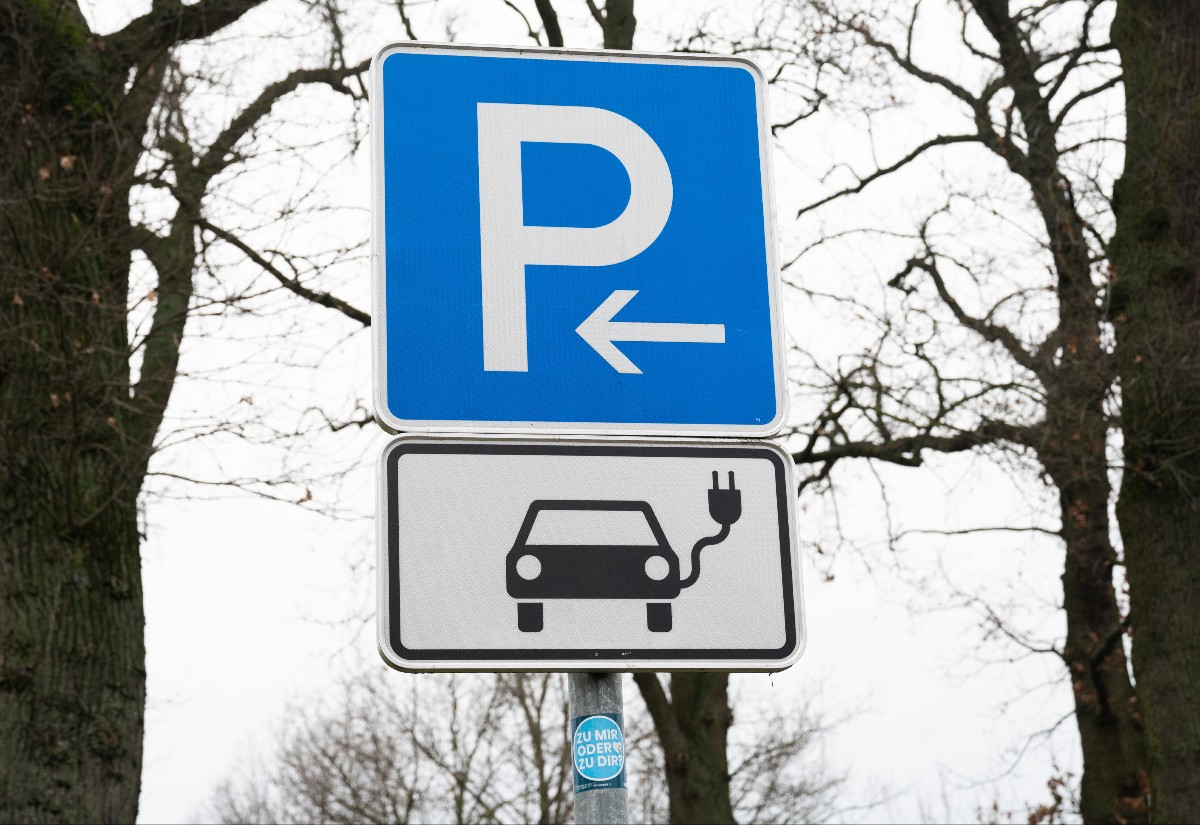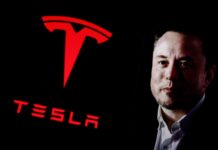The number of EV charging points is growing in Germany, but availability varies considerably. Where can electric car drivers charge most easily – and where there is still room for improvement?
Electric vehicle (EV) owners in Germany can recharge their cars at an growing number of charging stations in Germany. But the supply varies significantly depending on the region.
That’s according to an evaluation of official data by the German Association of the Automotive Industry (VDA).
At the start of October this year, Germany had just under 180,000 public charging points available nationwide, including around 44,250 fast charging stations. This represents a hike of more than 16 percent compared to the same date in 2024, the VDA found.
The publicly available charging capacity has increased even more significantly – by just under 30 percent to more than 7.3 million kilowatts.
Almost 17 electric cars per charging station
However, this doesn’t mean that electric car drivers now find it significantly easier to secure an accessible charging point, because the number of EVs on the road has also gone up.
At the start of 2025 there were 1.65 million EVs registered in Germany – five times more than in the previous four years alone.
According to calculations by the VDA, there were around 16.7 electric cars per charging point nationwide in July this year. This figure includes both pure battery vehicles and plug-in hybrids. Last year, this figure was 17.3.
So the supply of chargers in Germany has improved, but only very slightly.
Where is availability better or worse?
The best charger to EV ratio is seen in the states of Mecklenburg-Western Pomerania and Thuringia. In these regions, only 11.7 cars with electric drive systems have to share a public charging point.
Chargers are the most scarce in Saarland, where there are 24.6 EVs per charging station.
READ ALSO: Will Germany bring back a buyer’s bonus for EVs?
Thuringia is also ahead in terms of the provision of public fast charging points: there are just under 32 cars for every fast charging point in the state.
According to the VDA, the nationwide ratio is nearly double that, with 70.6 cars per fast charger. Here too, Saarland comes last with just under 103.
When it comes to local resources in general, the VDA analysis found that more than three out of ten municipalities (32 percent) still lack a public charging point, signalling major blind spots.
Advertisement
Heilbronn, in Baden-Württemberg, snagged the top spot as the city or district with the best ratio of electric cars to public charging points in Germany, with just 4.8 EVs to each charging station.
Last year’s winner, Emden (Lower Saxony), now ranks second, while the Oder-Spree district (Brandenburg) holds third place.
Looking solely at the absolute number of new charging points, the expansion of charging infrastructure is particularly dynamic in Berlin.
A total of 991 public charging points were added to the capital between July 1st, 2024 and July 1st of this year. Hamburg added the second most chargers in the past year (735), followed by Stuttgart with 646 new EV charging stations added.

A sign shows a parking space for electric cars at a rest area on the A2 Autobahn in Lower Saxony. Photo: picture alliance/dpa | Julian Stratenschult
In terms of charging capacity, the number of publicly accessible charging points is growing at roughly the same rate as the number of electric and hybrid vehicles, according to the VDA.
As of July this year, 2.4 kilowatts (kW) were available per car in Germany. Last year, the figure was 2.1 kW.
‘Too many blank spots on Germany map’
The auto association points out that there may be structural differences between German states. For example, the number of EVs is still comparatively low, particularly in the eastern German states.
Nevertheless, auto industry experts say expansion is too slow.
Advertisement
“Consumer confidence in being able to charge easily and quickly ‘anytime, anywhere’ is central to the acceptance of electric mobility,” said VDA boss Hildegard Müller.
“A comprehensive and efficient charging infrastructure is a key factor in getting people excited about switching to e-mobility and plays a decisive role in the market ramp-up. This makes the establishment and expansion of the charging infrastructure for electric vehicles one of the most pressing infrastructure tasks for Germany.”
Müller said it’s important for the pace to pick up “as there is still a lot of catching up to do and too many blank spots on the map of Germany”.
With reporting by DPA.
Disclaimer : This story is auto aggregated by a computer programme and has not been created or edited by DOWNTHENEWS. Publisher: thelocal.de







